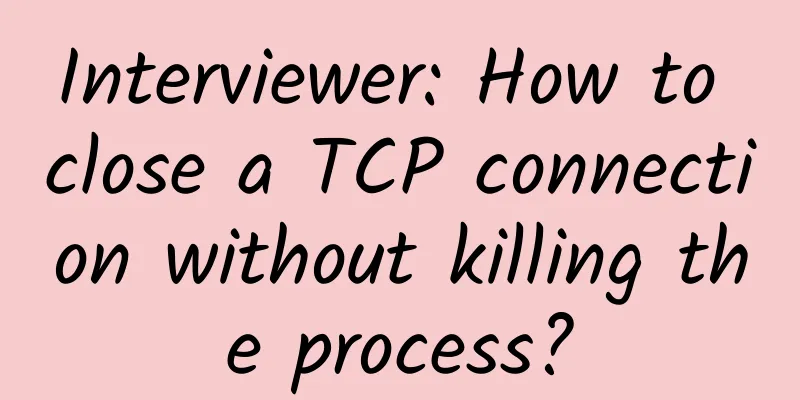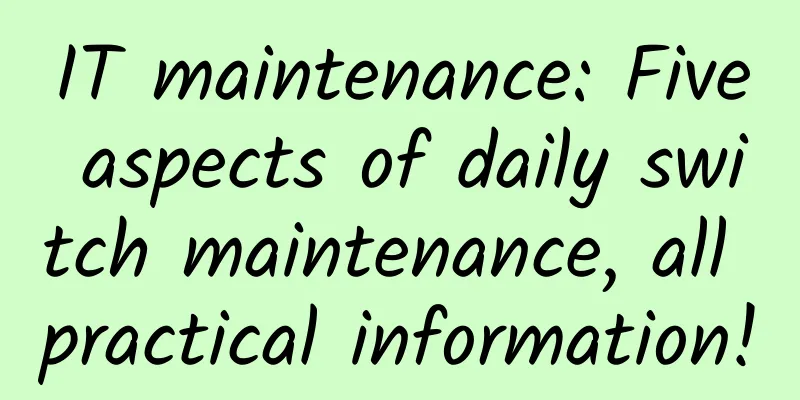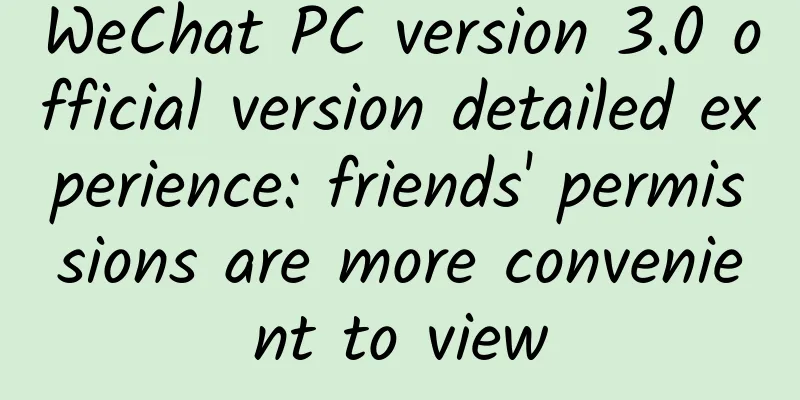Interviewer: How to close a TCP connection without killing the process?

|
Hello everyone, I am Xiaolin. A reader was asked this question during an interview. "How to close a TCP connection without killing the process?" I have also mentioned this in my previous article: "What happens when a connection in the establish state receives a SYN message?" Let me explain the key points here. textWhen closing a TCP connection, the first thing people do is to “kill the process”. Yes, this is the most brutal way. Killing the client process and the server process will have different impacts:
Therefore, closing the process is not an option. The best way is to close a specific TCP connection. Some of you may ask, isn't it enough to forge a RST message with the same four-tuple? This is a good idea, but don't forget the problem of the sequence number. Will the sequence number of your forged RST message be accepted by the other party? If the sequence number of the RST message cannot fall within the other party's sliding window, the RST message will be discarded by the other party and the connection will not be closed. Therefore, to forge a RST message that can close a TCP connection, the two conditions of "the four-tuple is the same" and "the sequence number falls exactly within the other party's sliding window" must be met at the same time. It is difficult to directly forge an expected sequence number, because if a TCP connection is transmitting data, the sliding window is changing all the time, so it is difficult to forge a RST message with a sequence number that happens to fall within the other party's sliding window. There is a way. We can forge a SYN message with the same four-tuple to get a "legal" sequence number! Because if the server in the establish state receives a SYN message with the same four-tuple, it will reply with a Challenge ACK. The "confirmation number" in this ACK message is exactly the sequence number that the server wants to receive next time. To put it simply, this step can be used to obtain the sequence number that the server expects to receive next time. Then use this confirmation number as the sequence number of the RST message and send it to the server. At this time, the server will think that the sequence number in the RST message is legal, so it will release the connection! There is a tool called killcx on Linux, which is implemented based on the above method. It will actively send a SYN packet to obtain the SEQ/ACK number, and then use the SEQ/ACK number to forge two RST packets and send them to the client and server respectively. In this way, the TCP connections of both parties will be released. In this way, both active and inactive TCP connections can be killed. The usage is also very simple, just specify the client's IP and port number. ./killcx The working principle of the killcx tool is as follows It forges the client to send a SYN message. After receiving it, the server will reply with an ACK message (Challenge ACK) carrying the correct "sequence number and confirmation number". Then, it can use the information in this ACK message to forge two RST messages:
It is in this way that a TCP connection is successfully closed! Here is a packet capture of using the killcx tool to close the connection. Please take a closer look at the changes in the sequence number and confirmation number. Therefore, in the future, if a SYN packet appears inexplicably during packet capture, it is possible that the other party will launch a RST attack on you and directly disconnect your TCP connection! How about it, very clever! |
<<: Why are operators so "overwhelmed" by frequent and large-scale network failures?
>>: Aeraki Series: How to set local rate limiting rules
Recommend
Thoroughly understand Cookie, Session, Token
[[281563]] Development History 1. A long time ago...
DogYun (Dog Cloud) offers a 100 yuan discount on all independent servers per month, and Hong Kong servers start from 300 yuan per month
DogYun is a Chinese hosting company established l...
How data centers work today and in the future
The data center of the future will rely on cloud ...
HostDare: 20% off for Japan VPS starting at $18.39/half year, 60% off for Los Angeles VPS starting at $10.4/year
HostDare launched the Japanese VPS at the end of ...
I have no resistance to these 6 excellent computer software
[[389531]] Excellent computer software can greatl...
"Building Intelligent Computing Power to Empower the Digital Economy"——2021 Ascend AI Server Product Launch Conference Successfully Held in Beijing
Spring brings blessings, and everything is glorio...
5G is expected to be the fastest deployed mobile communications technology in history
Telecommunications company Ericsson has released ...
Research and Marke: Global 5G IoT market size will reach US$11.35 billion in 2027
On March 4, according to foreign media reports, m...
Can 6G "skip" the development of 5G? Experts: 5G is the foundation for the development of 6G
Since the beginning of this year, South Korea, Ja...
The love-hate relationship between video surveillance networks and IPv6
Among the three major layers of the Internet of T...
Attention! Eight pitfalls in managing integrated cabling systems
After nearly 20 years of development, the integra...
RAKsmart: 30% off on all VPS, popular Los Angeles/San Jose VPS starting at $0.99 per month
RAKsmart has launched this month's promotion,...
Huawei Chairman Liang Hua: Focus on ICT infrastructure platforms and create a fertile soil for ecological innovation
On April 22, Huawei Chairman Liang Hua shared his...
Let’s talk about the privacy and security of 5G technology
On March 17, 2022, the European Parliament's ...
5G video calls can't save 5G. The problem with 5G is 5G itself.
The video call function is actually not new. It h...









